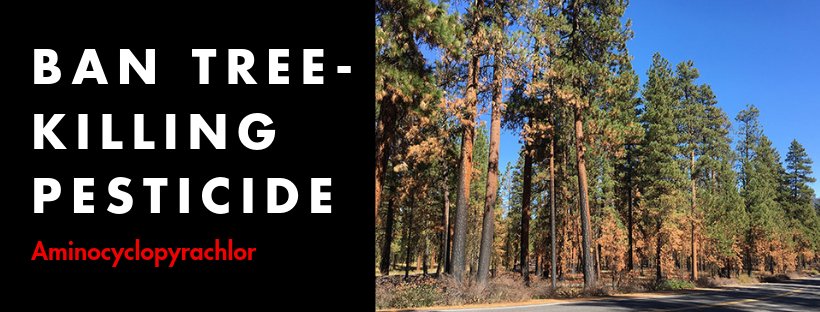Most of us spend more time swatting away or avoiding wasps and moths than we do contemplating their importance to the web of life. But it is no exaggeration to say that the horrifying decline in the number of these creatures – the most widespread on Earth – is a barometer for the whole planet.
The new global scientific review into the perilous condition of our insects reports that more than 40% of insect species are threatened with extinction while the mass of insects is declining by 2.5% a year. This catastrophic decline is a direct cause of the existential threat to other animals, insects being at the bottom of the chain and the primary food source. Since 1970, 60% of mammals, birds, fish and reptiles have been wiped out.
The review identifies a key driver towards this mass extinction: habitat loss and conversion to intensive agriculture with its associated use of pesticides. Given this is a manmade disaster, surely we are capable of tackling and reversing it?
Polar bears in the playground, Insectageddon … and it’s all our fault
Jess French
As a member of the European parliament’s agriculture committee, I regularly debate the use of pesticides in farming with my colleagues. I have lost count of the number of times I have begun meetings with what feels like a sermon on the Armageddon taking place in our countryside. I am always greeted with patient, patronising smiles from many of my fellow MEPs, before they go on to ignore the warnings and refuse to limit the use of pesticides in our fields.
Some of the members of this committee are themselves farmers who have grown increasingly dependent on powerful and toxic pesticides. But others have taken the agribusiness shilling and believe that their role in policymaking is simply to support the corporations that sell these poisons.
And this is the nub of the issue. What might accurately be dubbed insectageddon is being driven by the agrichemicals industry. This situation is compounded by compliant politicians and policymakers who fall prey to lobbying pressure and then refuse to implement science-driven policy to protect wildlife. This has meant that over the past five decades conventional farmers have forgotten the natural systems they once relied on to control pests. Non-organic agricultural systems are highly dependent on chemicals, so feeding a vicious circle.
 tps://www.theguardian.com/commentisfree/2019/feb/12/politicians-killing-insects-ecosystems
tps://www.theguardian.com/commentisfree/2019/feb/12/politicians-killing-insects-ecosystems









